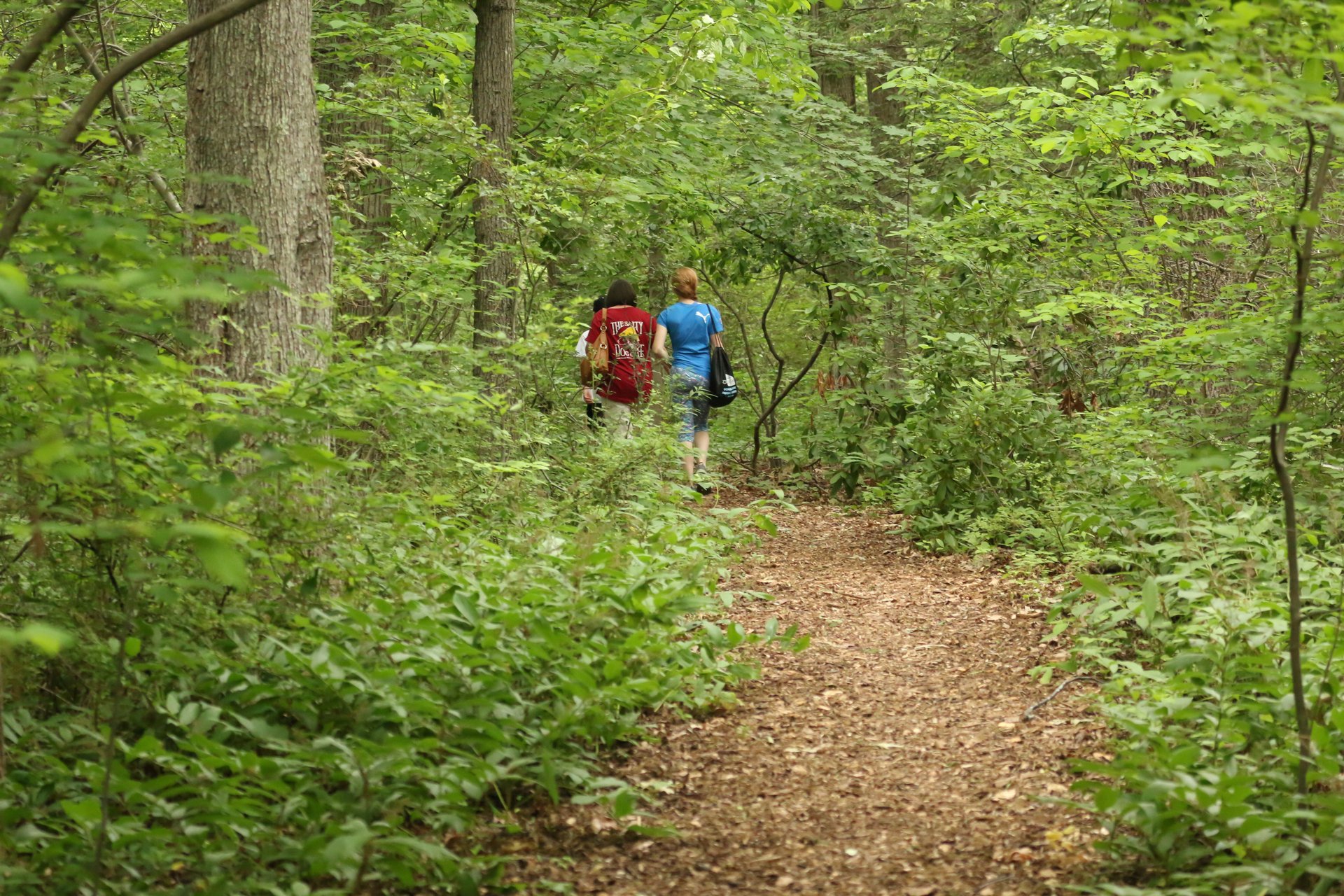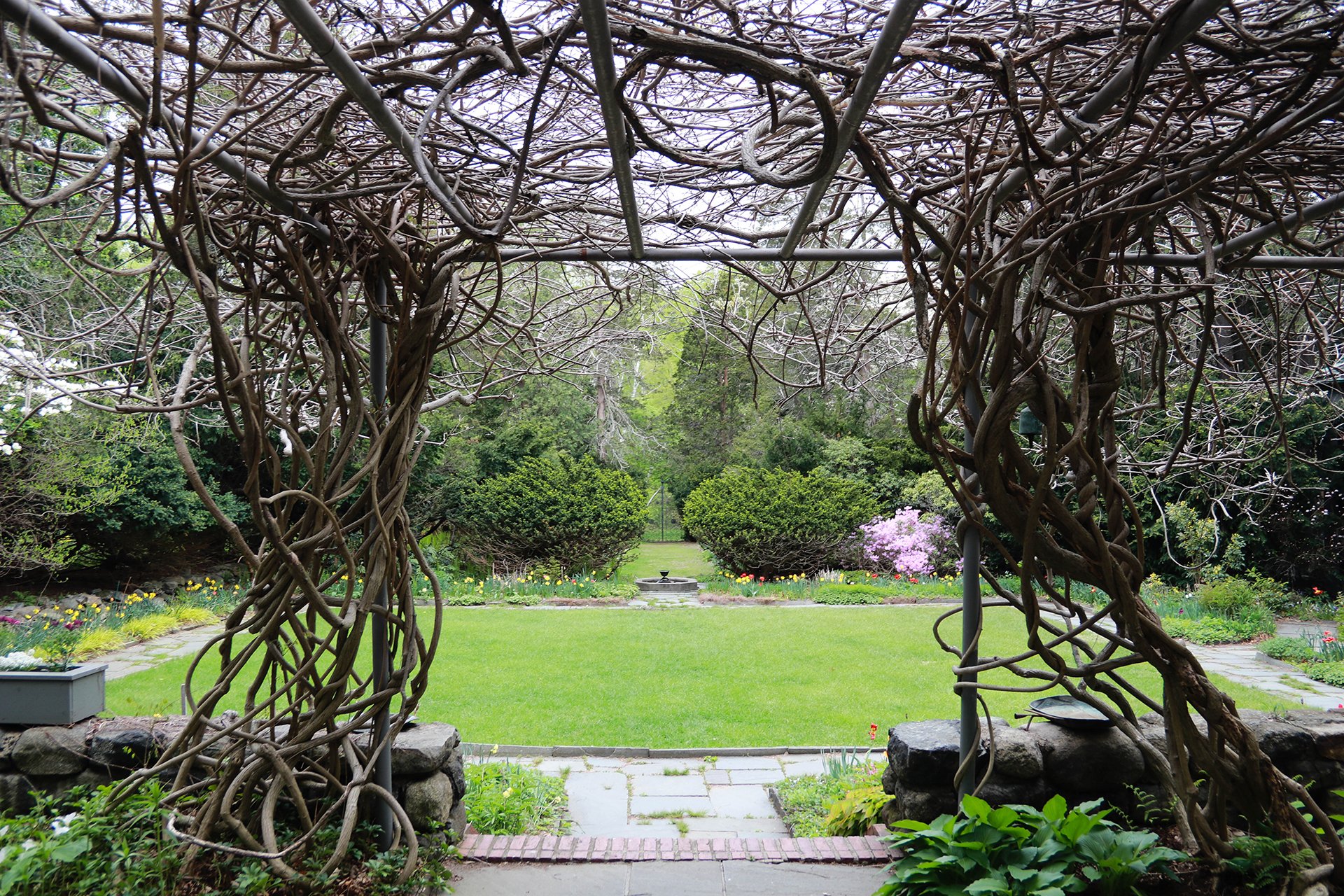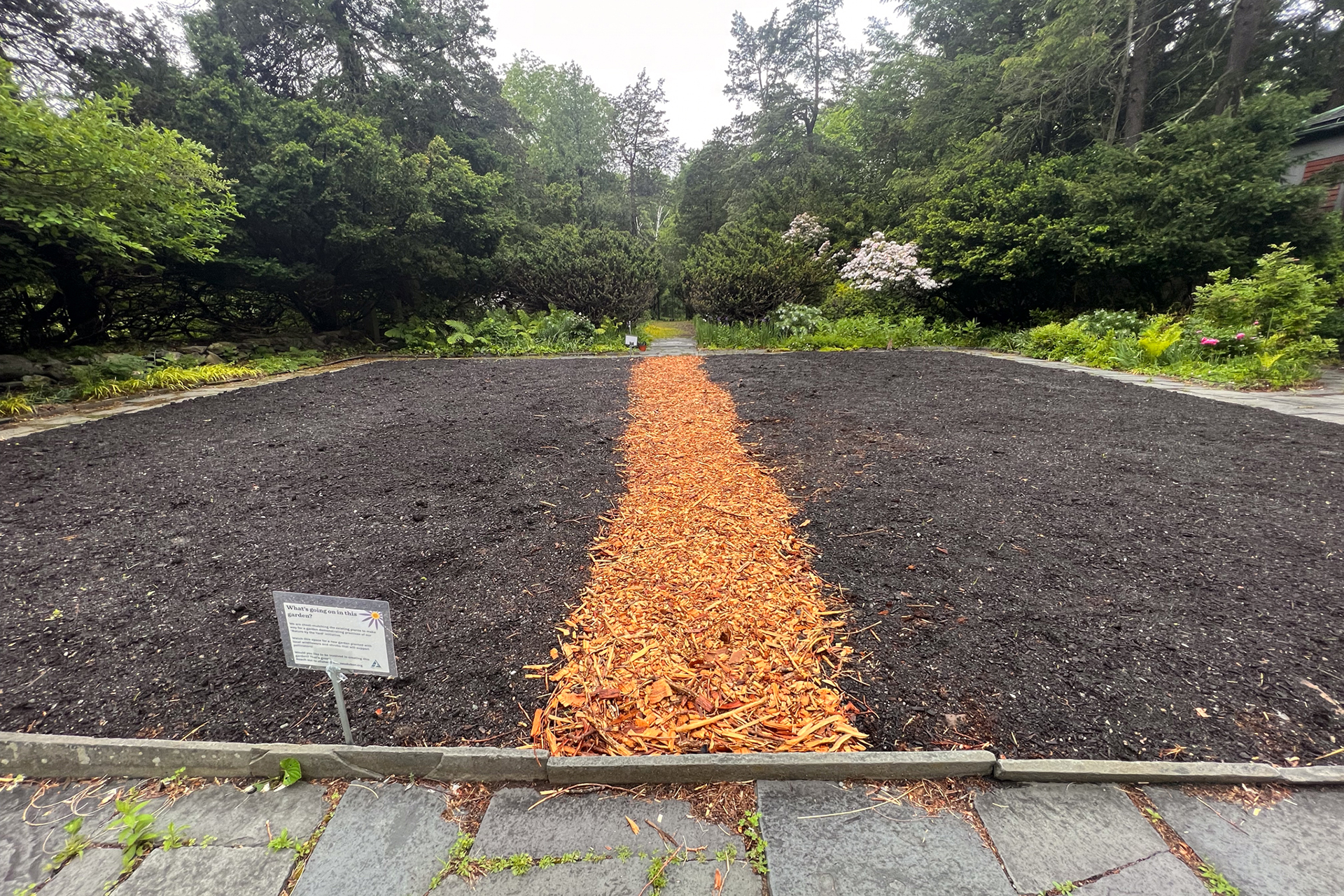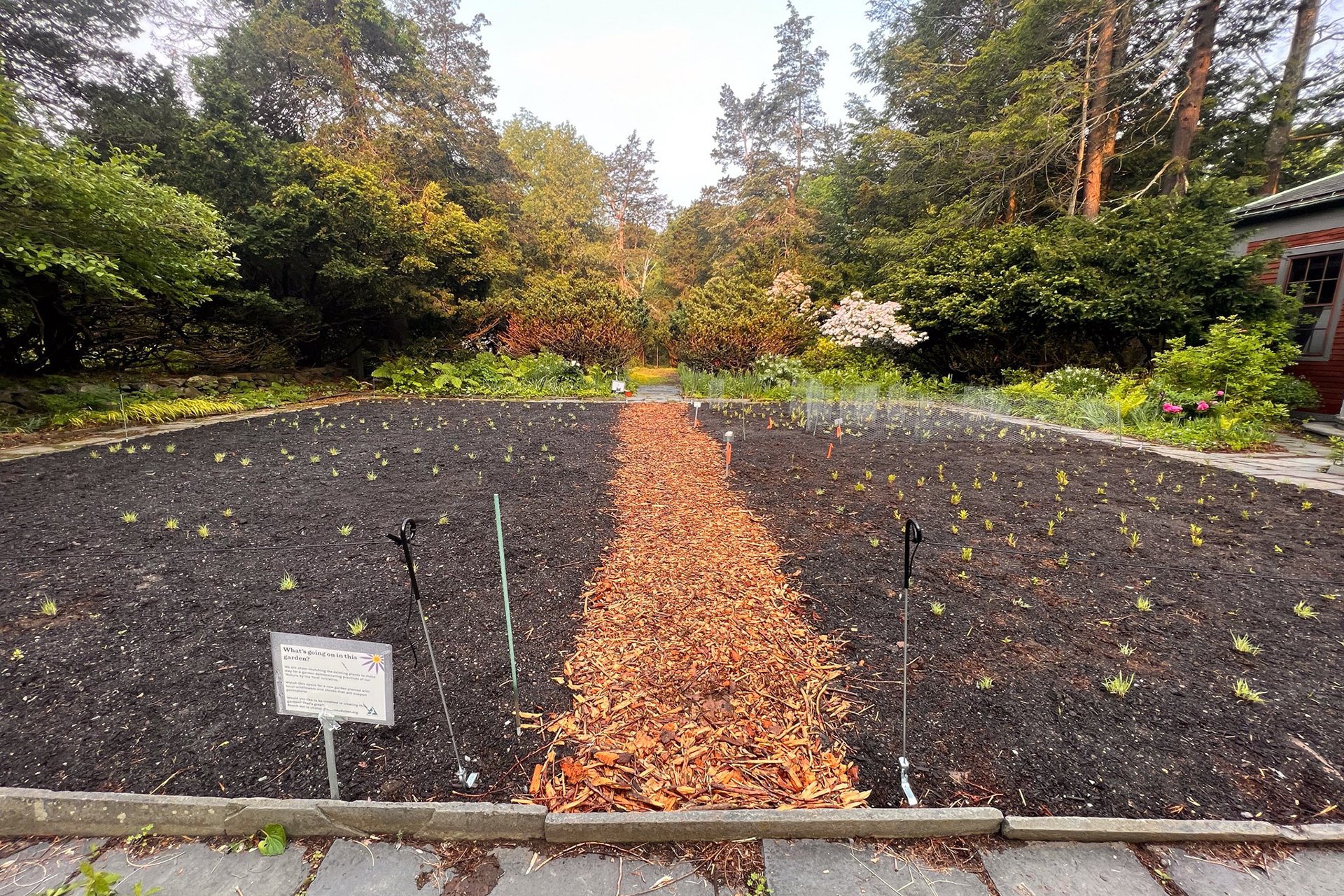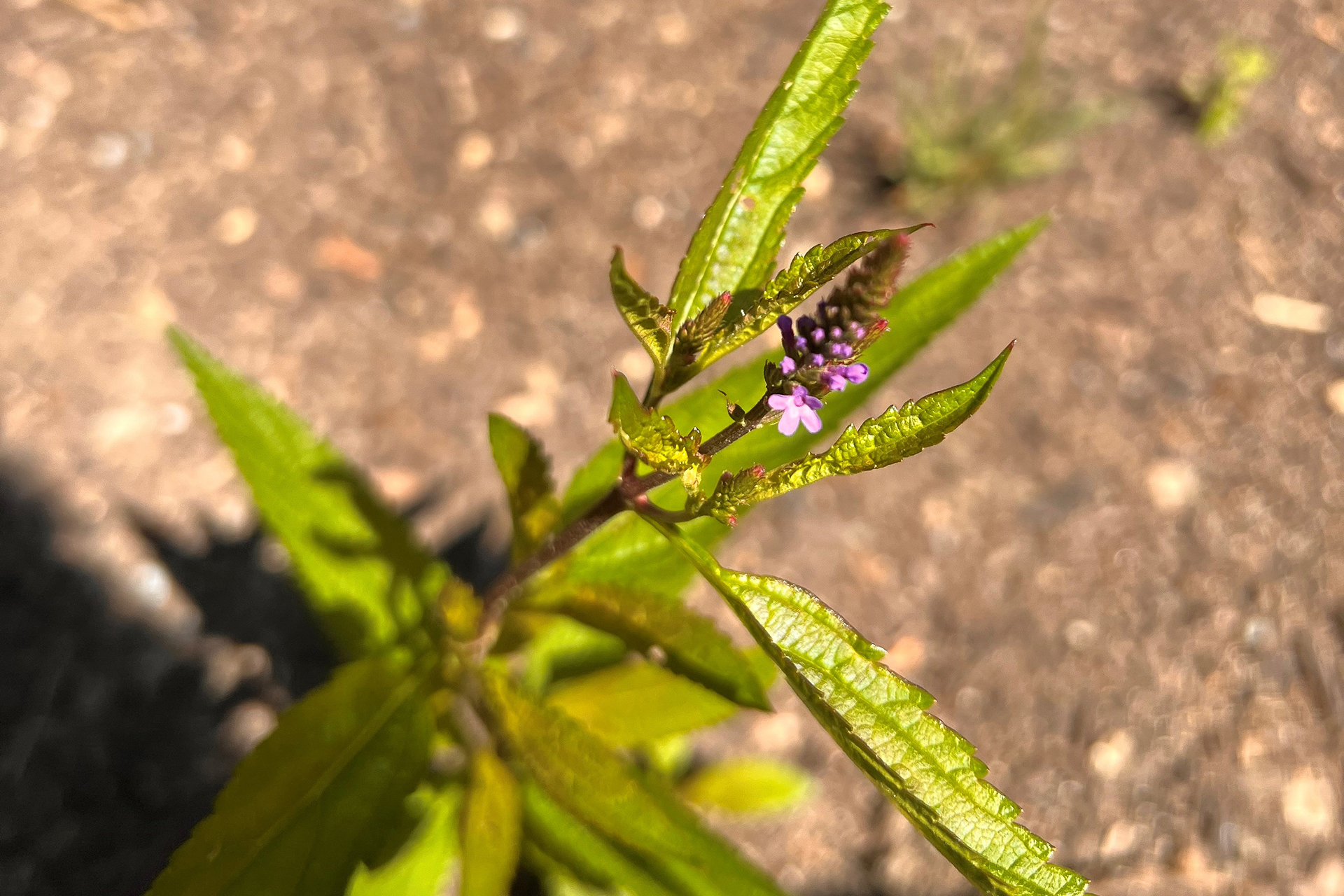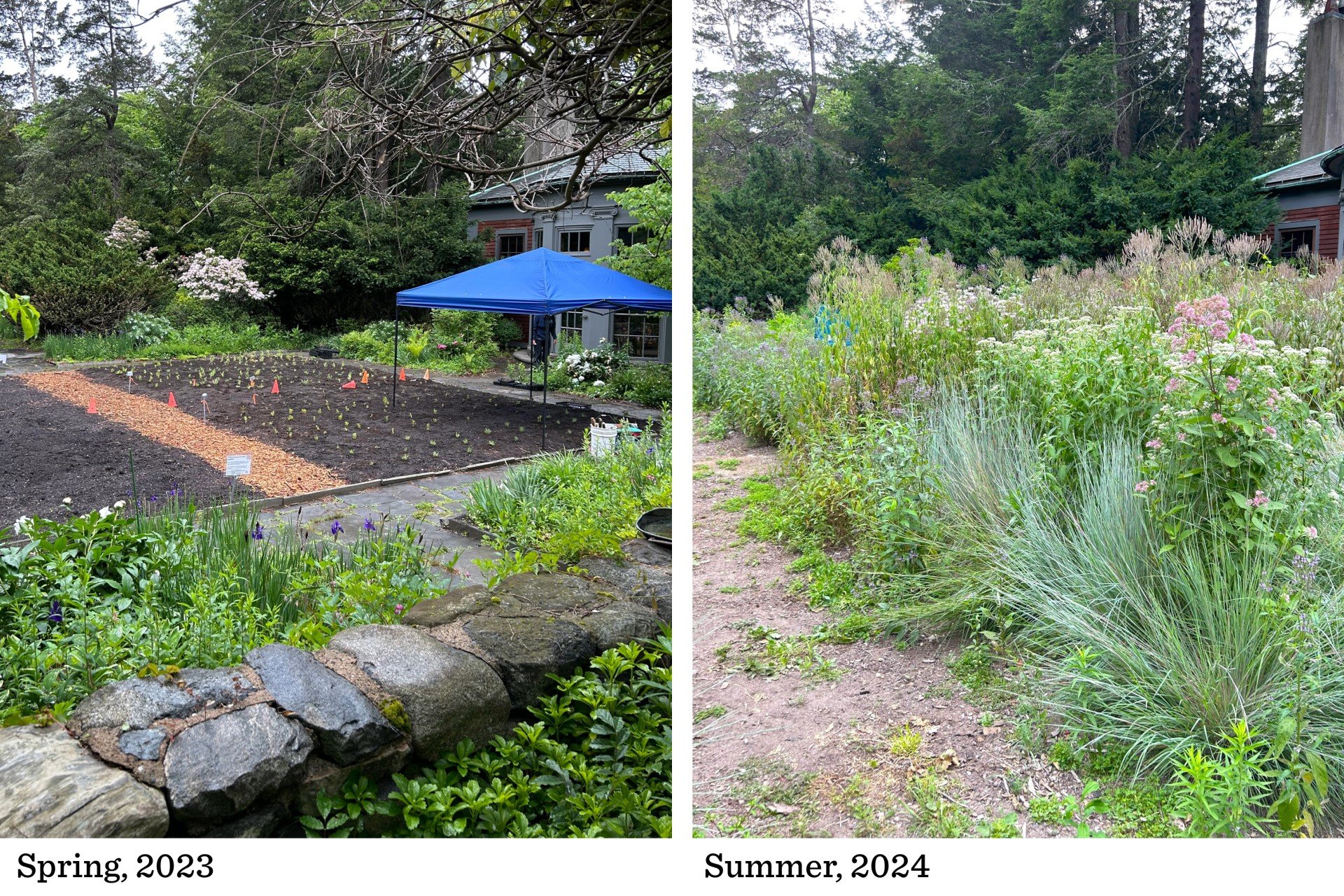Conservation Projects at Habitat
Habitat's Demonstration Garden
Built as a wedding present for Ruth and Robert Atkins in 1914, the estate that we now know as Habitat Education Center & Wildlife Sanctuary was once a 22-acre property featuring a home and formal garden. After Mass Audubon acquired the estate in 1994, the home eventually transformed into our education center, and the gardens just behind the home were maintained for events, weddings, and other gatherings.
While the space was beautiful, the non-native plants and frequent mowing didn’t help support our local ecosystem. Some non-native plants don’t actively harm the environment, but they don’t offer the right resources. Other non-native species are invasive, spreading aggressively and negatively impacting the health of our environment. Native plants, on the other hand, offer resources for local pollinators, who are important for healthy biodiversity, and provide a strong foundation for the food chain.
As part of Mass Audubon's “Nature by the Yard” initiative, stemming from our goal to reduce the loss of biodiversity, the 1,500 square foot grassy courtyard (part of the formal garden) has undergone a blossoming transformation.
Instead of low-cut grass, the area will feature a range of native plants. Our hope is that visitors explore the area, investigate the plants, and observe the pollinators and other species who benefit from the reimagined space.
Transforming the Space
During the first week of April 2023, a team of Metro West property stewards and one of Mass Audubon’s TerraCorps members started covering the existing grass with cardboard and compost from Habitat’s own goat herd. This prepared the space by removing the grass and weeds, creating a blank canvas for new plants to thrive. The nutrient-rich compost also hosts beneficial decomposers like worms and beetles, who break down organic material into nutrients for plants.
A couple of months later, a group of volunteers started planting the first group of native plants including swamp milkweed, smooth aster, beebalm, and brown-eyed susan.
After just a few weeks, plants began to flower. Throughout the summer and early fall, visitors can watch these plants bloom and grow.
In just a few short seasons our hard work has transformed the garden, now providing habitat and food sources for the surrounding wildlife. In addition, it's a favorite spot for visitors to admire and learn about how they too can incorporate sustainable gardening practices.
Beyond the Sanctuary
Not only does this space benefit the biodiversity of the sanctuary, but it also offers inspiration and guidance for visitors to do the same in their own yards and green spaces. The principles of planting native plants can be replicated on many different scales, whether in a container, a small patch of grass, or an entire yard.
Peruse our wildlife & nature pages or explore other resources from organizations like Grow Native Massachusetts, Homegrown National Park, and Native Plant Trust. When you’re ready to plant, check out vendors like Blue Stem Natives and Native Plant Trust to fill your green space with beautiful native species.
What You'll Find Planted at Habitat's Demonstration Space:
- Common boneset (Eupatorium perfoliatum)
- Swamp milkweed (Asclepias incarnata)
- Smooth aster (Symphyotrichum laeve)
- Beebalm (Monarda fistulosa)
- Little bluestem (Schizachyrium scoparium)
- Blue vervain (Verbena hastata)
- Red Columbine (Aquilegia canadensis)
Visit the Demonstration Garden
So, take a lesson from the transformative growth a Habitat—visit the garden, then bring the lessons learned to your own backyard. The visiting pollinators and wildlife will thank you!



